RIZE AND TRABZON

One is the cultural capital of the Black Sea, the other is nature… Rize and Trabzon are waiting for their guests with their different beauties.
Trabzon and Rize, which are the first addresses of nature tourism with their lush forests, enthusiastic flowing streams, hard-to-reach peaks and fabulous plateaus, also host a very strong cultural heritage. Monasteries, churches, castles, which spread from the shores of the Black Sea to the foothills of the Kaçkar Mountains,
stone bridges are a reflection of human determination and genius. All these structures are a human-made contribution to the natural beauty of the region that already exists.
These lands, which blend enthusiastic nature and rich cultural heritage, not only fascinate their visitors, but also surprises with architectural surprises and excite with their natural formations. Although there are abundant natural and cultural assets in both cities, cultural heritage stands out in Trabzon and natural heritage in Rize. For this reason, I guess it would not be wrong to call Trabzon the “Cultural Capital of the Black Sea” and Rize to “the Natural Capital of the Black Sea”.
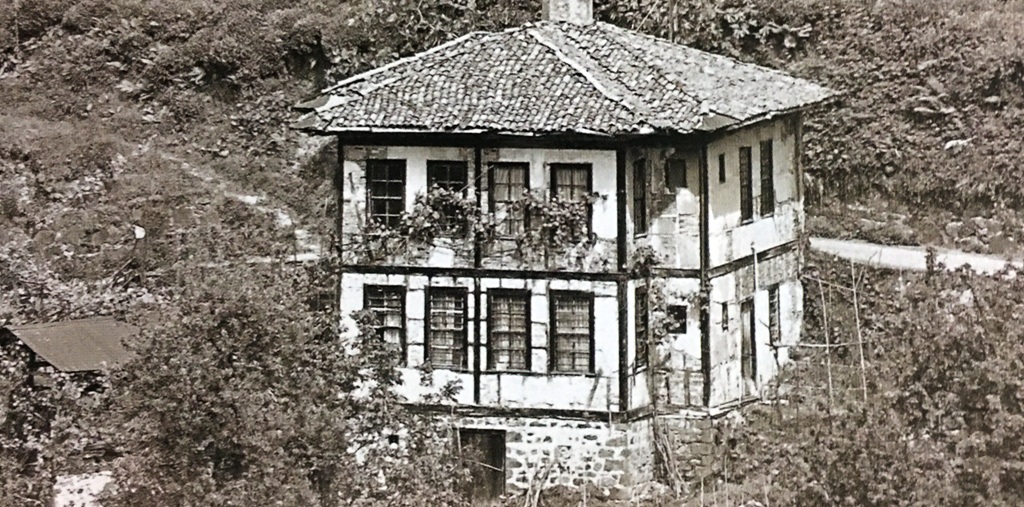
The history of human settlements in Trabzon, the cultural capital of the Black Sea, dates back to BC. Even though it goes back to the 7000s, it was the sailors of Miletus who founded the first urban colonies in the region. After that, dozens of people came from the region. At least six different civilizations inhabited Trabzon. In addition to being the gateway of Anatolia to the Caucasus, its sheltered port suitable for maritime trade and the port city of the trade route extending to the interior of Anatolia and Iran through Erzurum have made Trabzon important throughout history. This strategic location brought destruction to the city as well as wealth. Even today, the city experiences the benefits and difficulties of its location together.
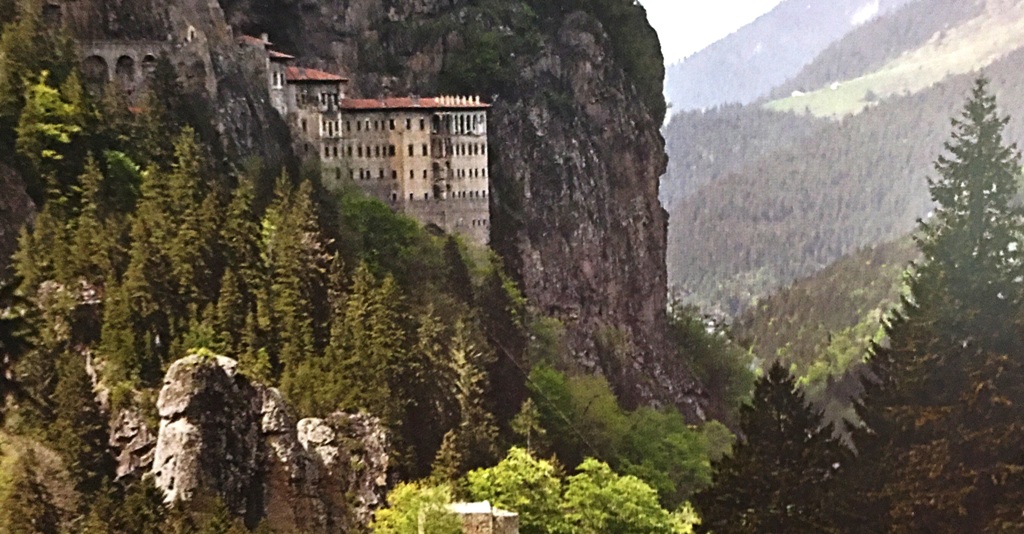
Surviving
Naturally, many artifacts remained from such a rich history. The Hagia Sophia Church, which was restored and converted into a museum in 1964, is located in the famous district of Trabzon, Faros. The church, which attracts attention immediately with its impressive architecture, was built by Manuel I, one of the kings of the Komenos State, who ruled in Trabzon in the 13th century. Among the frescoes covering the walls and domes, the Pantacrator Jesus depiction on the main dome, depicting the divine side of Christ, is the masterpiece of the church.
There are many churches in the city that were converted into mosques after the conquest. The Altınbaşlı Meryem Church, dating back to the 12th century, is today used as the Ortahisar Mosque. It is rumored that Fatih performed his first Friday prayer here. The church built in the name of Saint Eugenios, the savior and patron saint of Trabzon, continues its life as the Yeni Cuma Mosque. It is estimated that there was a basilica in the place of the present building whose construction date is unknown.
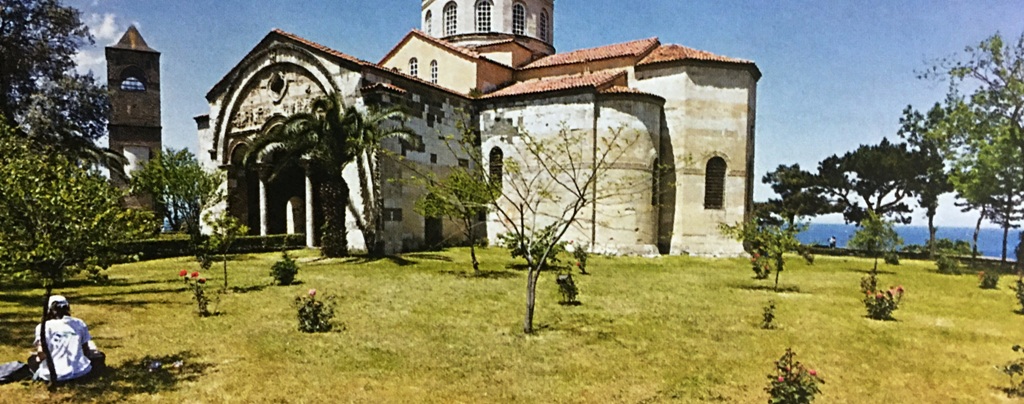
In Trabzon’s Maçka district, Sümela Monastery, one of the most important works inherited from past cultures, was built on steep rocky slopes. The monastery, located in Altındere Valley National Park, was built by M.S. 375. The frescoes that form the core of the monastery and inside the rock church, which is the oldest structure, are of exciting beauty. The holy water dripping from the rocks is collected in the holy spring, chapel, monks’ rooms, food stores and the library constitute the other parts of the monastery.
Uzungöl, one of the first iconic places that comes to mind when Trabzon is mentioned, is located near Çaykara District. This magnificent place, which was formed by the closure of the Haldizen Stream as a result of the landslide, with the touch of nature, is rare with its touristic hostels, trout restaurants, small plateau hotels and natural scenery. Uzungöl, which is extremely suitable for natural scenery, walking, climbing and botanical tourism, flows through a valley and flows into a narrow and long small lake. Flowing from here, the creek continues on its way by joining the Solaklı Creek to reach the sea from Of. Uzungöl is surrounded by dense forests consisting of many types of trees, especially black pine.
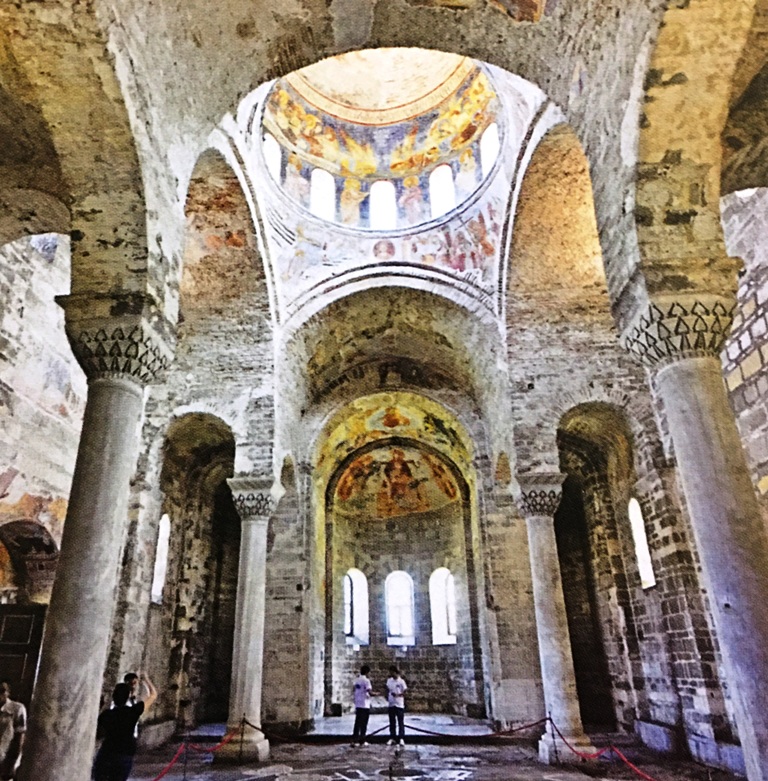
Rize, Famous for Its Plateaus
Although Ayder Plateau comes first to mind when Rize is mentioned, plateau tourism is mentioned, there are many plateaus as beautiful as Ayder around Rize. However, all roads lead to Ayder anyway. Ayder is the attraction center of the region in terms of tourism due to the accommodation opportunities and thermal water resources that have developed in recent years. Apart from all these, Gelin Tülü Waterfall, which has become the symbol of Ayder and flows meandering from the slopes, is worth seeing.
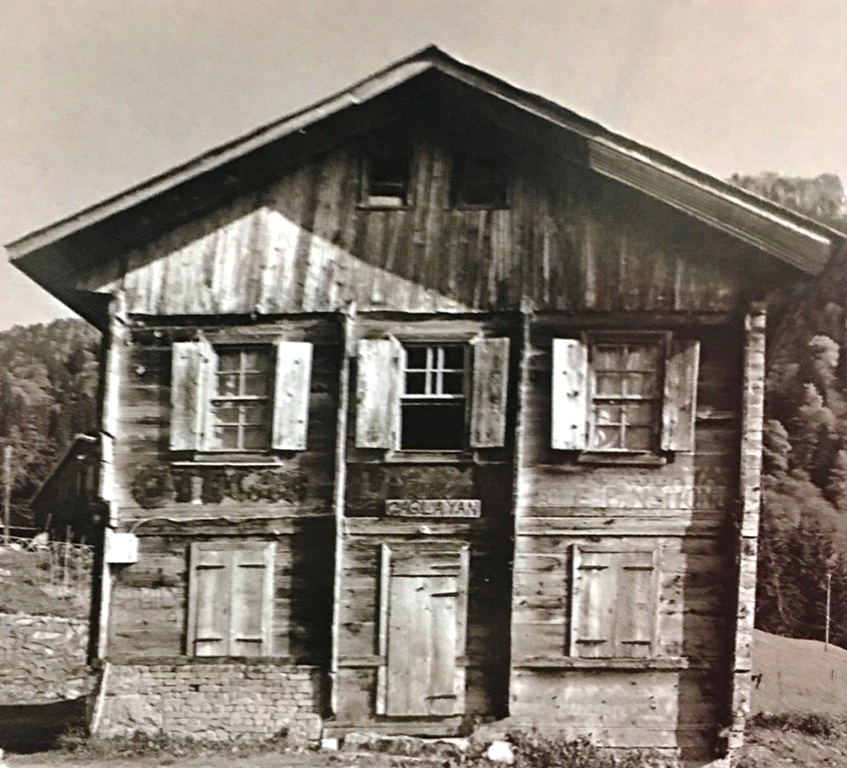
On the way from Rize to Ayder Plateau, you will first encounter Fırtına Creek and then Fırtına Valley. Before arriving in Ayder, nature begins to show itself with its fascinating beauty. Stone bridges on Fırtına Creek and old houses spread over the slopes are signs of the struggle of people against the harsh natural conditions.
The most famous of many stone bridges is Şenyuva Bridge in Çamlıhemşin. Formerly known as Cinciva Bridge, it is the oldest and largest bridge in the region. The bridge crossing Fırtına Creek with a single arch is estimated to be built in 1699.
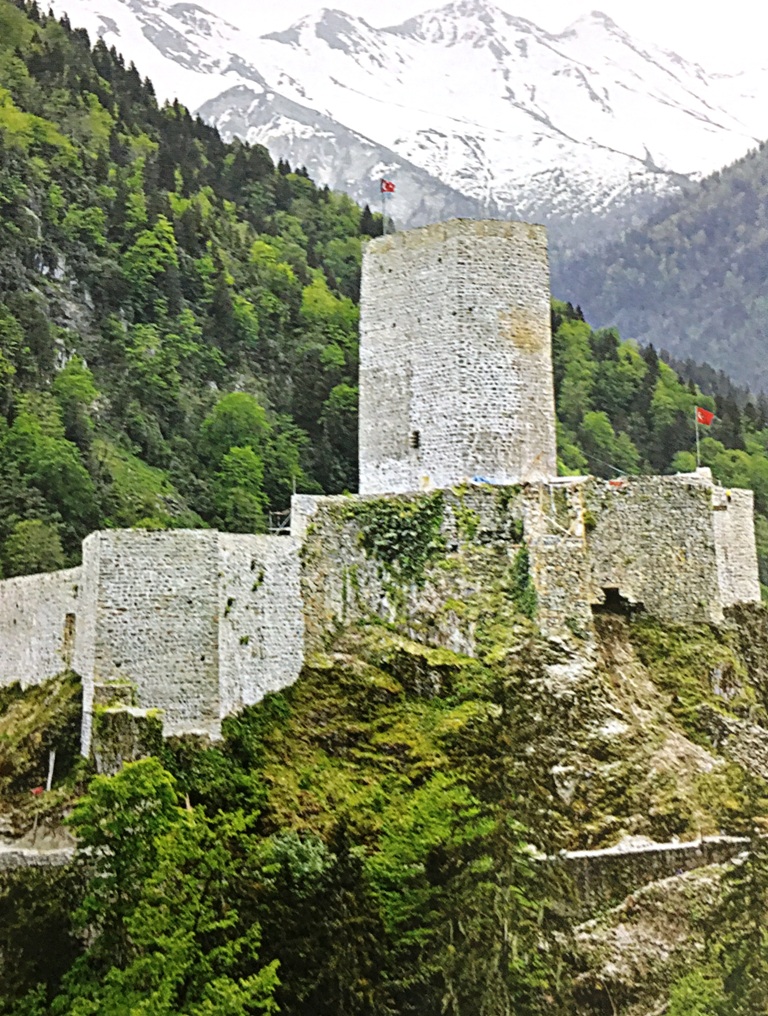
Zilkale must be seen
Zilkale, which is within the borders of the national park that started after Çamlıhemşin, is one of the most impressive buildings of the region. Built for the safety of the old caravan route passing through the Firtina Valley, the castle looks extremely dramatic in the dense vegetation. However, it is not easy to reach the castle. The beauty of the castle, which can be reached with a 45-minute drive from a dirt road that goes along the snake, is worth all this difficulty.
Those who will go hiking prefer the summer months to go around Trabzon and Rize. However, it is much more enjoyable to go to the region in the spring months, when the crowds of people have not yet flocked to the region and you can see all the colorfulness of nature.